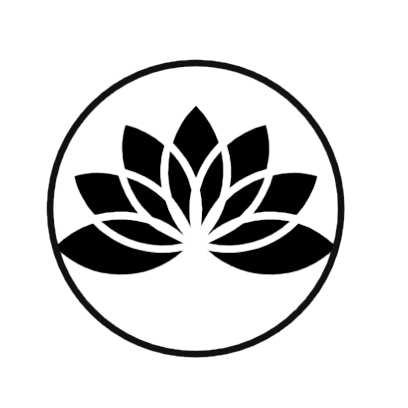Shoulder Stand Pose – Sarvangasana
- Yogabee

- Aug 16, 2020
- 2 min read
Updated: Jan 2, 2021
Shoulder Stand Pose is a part of “Padma Sadhana Yoga” sequence. “Sarv” means all, “Anga” means part of a body and “Asana” is posture. The name of the yoga pose indicates that, this pose influences the functioning of all parts of the body.
Benefits of Sarvangasana
Sarvangasana nourishes the brain with more blood
The shoulder stand pose strengthens the arms and shoulders
Helps to keep the spine flexible
It stretches the heart muscles by returning more venous blood to the heart
Stimulates the thyroid and parathyroid glands and normalizes their functions
It improves digestive system

Step-by-Step Instructions
Step 1
First lie on your back with hands by your side. Lift the legs and back so that you can come up on your shoulder and support your back with your hands. Then move your elbows closer towards each other, and move your hands along with the back, creeping up towards the shoulder blades.
Step 2
Keep straightening your legs and spine by pressing the elbows against the surface and hands on your back. Keep your legs firm and lift heels higher. Try to bring your big toes straight over the nose and then point the toes up. Pay attention to your neck. You need to remember that, in this position your weight should be supported on the shoulders and upper arms not on your head and neck. Instead keep your neck strong with a feeling of a slight tightening in the neck muscles.
Step 3
In this posture keep breathing deeply and try to stay for 30 – 60 seconds. If you feel any strain in the neck, come out of the posture.
Step 4
To come out of the asana, you need to lower your knees to the forehead and bring your hands on the floor, palms facing down. Then without lifting the head, slowly bring your spine down to the floor and lower your legs to the floor. Relax for minimum 60 seconds.
IMPORTANT
Pregnant women shouldn't practice the asana and also women during their menstruation should avoid doing it.
People who are suffering from spinal injury and spondylosis shouldn't be practiced this pose. Don’t put undue strain on your spine and neck.
Don’t practice Sarvangasana if you suffering from acute thyroid problem.
Consult your physician before doing this pose, if you have following health condition: high blood pressure, glaucoma, slip disc.







Comments